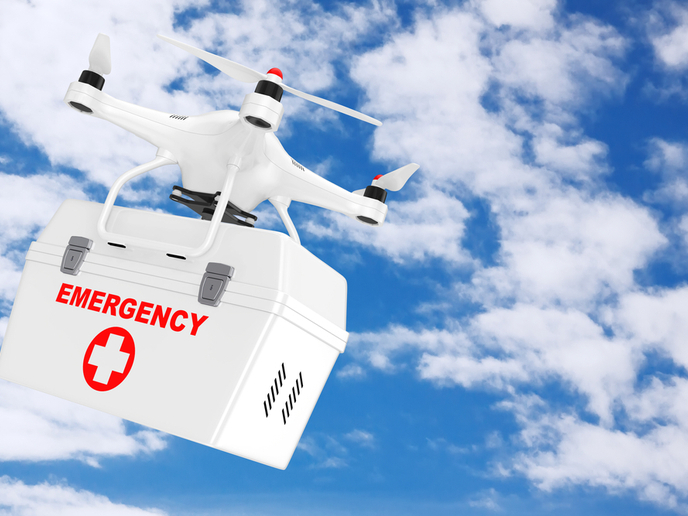Novel methods in 3D reconstruction can offer heritage preservers and curators new insights
Large-scale cultural heritage scenes are not just complex ‘shapes’, they are hybrid scenes composed of both free-form shapes (land, trees) and myriads of objects that have structural relationships and semantic meaning (such as walls, roofs, façades). One category of existing solutions generates faithful city models enriched with structural and semantic information, yielding meaningful levels of detail. However, producing these city models requires many labour-intensive modelling and editing operations to assign semantic labels to data, then to reconstruct. The EU’s TITANIUM (Software Components for Robust Geometry Processing) project tackles the problem of 3D reconstruction and simplification of data gathered from raw geometric measurements, as well as related conversion methods specifically tailored to 3D urban modelling. Raw data are 3D point clouds either measured by laser scanners or generated by dense photogrammetry algorithms (which convert a set of photos into 3D point clouds with colour attributes). As lead researcher Dr Pierre Alliez, based at the Institut National de Recherche en Informatique et Automatique (INRIA) in France, explains, “From existing research prototype algorithms, our goal is to develop a software demonstrator for geometry processing and 3D urban modelling, in order to facilitate the pre-commercialisation of novel software components for the Computational Geometry Algorithms Library.” Pioneering novel formulations On robust shape reconstruction, Dr Alliez explains the project pioneered novel formulations based on the theory of optimal transportation. This involves input geometric measurements (raw point sets) as discrete measures (a distribution of masses). The reconstruction problem is reformulated as a mass transportation problem between the said masses and reconstructed surfaces. “Spatially-variable noise, increasingly common in low-cost geometric sensors, is handled via a novel automatic scale selection approach, which relies on the sole assumption that the inferred shapes are manifolds of known dimension.” The project chose these methodologies because they offer unrivalled resilience to noise and outliers. Regarding the enduring problem of robust shape approximation, TITANIUM developed a novel approach that reduces the geometric complexity of a shape, while remaining within a tolerance volume and providing topological guarantees. “This approach best illustrates our initial goal to devise methods that can take defect-laden data as input, and yet provide guarantees as output,” says Dr Alliez. He adds, “Although our research directions remained within the field of computer science, we enlarged our focus to topics commonly tackled within the fields of robotics and computer vision.” Societal benefits Societal benefits of the project include the potential for supporting sustainable urban design, since computational engineering also applies to simulations of physical phenomena at the scale of entire cities. The impact of the proposed demonstrator will be significant in applications where geometry acquisition and processing play a central role (e.g. geographic information systems, computational and reverse engineering). Dr Alliez explains, “Our industrial contacts have told us that the process of converting raw data into defect-free models ready for simulation is by far the most labour-intensive part of the design cycle (accounting for 85 % of time spent vs. 15 % for the simulation). Our demonstrator has the potential to significantly reduce the duration of this process, offering increased economic competitiveness.” The project’s findings can also feed into conservation work. Detecting and enforcing structural relationships translates into the detection of near adjacencies and canonical relationships, followed by their reinforcement by quantisation into exact relationships. Structure and semantic information are then used to recover levels of details. “This would improve the scanning of either a historical site or an entire collection whose pieces are possibly disseminated,” says Dr Alliez. Going forward, TITANIUM’s results can lead to the development of the concept of collaborative digitisation and active digital resources. In the context of a multidisciplinary collaboration, the objective is to design hybrid systems in which communities (via social networks) and networks of sensors cooperate.
Keywords
TITANIUM, 3D reconstruction, heritage conservation, computational engineering, computer science, 3D urban modelling







